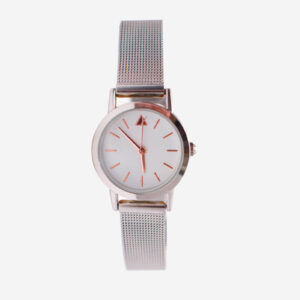Kayaking vs. Paddleboarding: A Comprehensive Guide for Water Enthusiasts
Embarking on a water adventure can be an exhilarating experience, but choosing the right activity can be daunting. Paddleboarding and kayaking are both popular choices, but they offer distinct experiences. This comparison guide will help you understand the key differences between the two activities and make an informed decision about which one suits you best.
Key Differences in Design and Functionality
Paddleboard
- Design: Wider and longer than kayaks, offering increased stability.
- Stability and maneuverability: Highly stable but less maneuverable in tight spaces.
- Uses: Ideal for fishing, yoga, leisurely cruising, and exploring calm waters.
Kayak
- Design: Sit-inside or sit-on-top designs, providing a snug fit.
- Stability and maneuverability: Less stable than paddleboards but more agile and maneuverable.
- Uses: Suitable for various activities, including whitewater kayaking, fishing, and recreational paddling.
Factors to Consider for Beginners
If you’re new to water sports, consider the following:
- Skill level and experience: Paddleboarding is easier to learn and ideal for beginners.
- Age and physical fitness: Both activities are accessible to a wide range of ages and fitness levels.
- Desired activities: Determine if you prefer relaxation (paddleboarding) or more adventurous pursuits (kayaking).
- Budget and equipment availability: Kayaks tend to be more expensive and bulkier to store and transport than paddleboards.
Factors to Consider for Experienced Kayakers
If you have kayaking experience, consider the following:
- Kayaking style and performance: Choose a kayak based on your preferred paddling style and the desired performance.
- Water conditions and terrain: Consider the water conditions and terrain you’ll be paddling in.
- Storage and transportation: Evaluate the storage and transportation options available to you.
Safety Considerations
Safety should always be a priority:
- Water safety and emergency preparedness: Learn basic water safety principles and prepare for emergencies.
- Equipment requirements and regulations: Know the legal requirements and recommended equipment for each activity.
- Differences in safety features: Kayaks offer inherent safety features like enclosed decks, while paddleboards rely on personal safety gear.
Personal Preferences
Ultimately, the best choice comes down to personal preferences:
- Comfort and enjoyment: Consider which activity feels more comfortable and enjoyable to you.
- Social aspects and group activities: Think about whether you prefer solo paddling or group adventures.
- Aesthetics and style: Choose an activity that aligns with your personal style and aesthetic preferences.
Conclusion
Choosing between paddleboarding and kayaking is not a simple decision. By considering the key differences and factors discussed in this guide, you can make an informed choice that aligns with your individual preferences, experience level, and goals. Remember, the most important thing is to choose an activity that you will enjoy and that will keep you safe and active on the water.
Visit Kayakingadventurehub.co.uk for further resources and product recommendations to enhance your water adventures.
Relevant Questions
- What are the key differences in design and functionality between paddleboards and kayaks?
- What factors should beginners consider when choosing between paddleboarding and kayaking?
- What factors should experienced kayakers consider when choosing a kayak?
- What safety considerations are important for both paddleboarding and kayaking?
- What are the personal preferences that may influence the choice between paddleboarding and kayaking?
- How can readers find more resources and product recommendations for water adventures?




